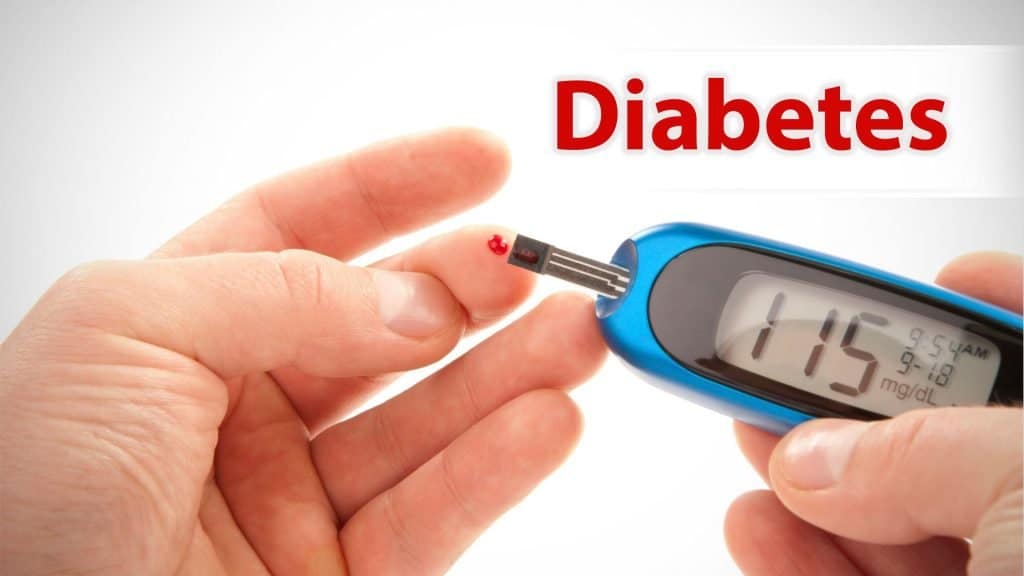Importance Approximately 0.5% to 3% of patients undergoing surgery will experience infection at or adjacent to the surgical incision site. Compared with patients undergoing surgery who do not have a surgical site infection, those with a surgical site infection are hospitalized approximately 7 to 11 days longer.
Observations Most surgical site infections can be prevented if appropriate strategies are implemented. These infections are typically caused when bacteria from the patient’s endogenous flora are inoculated into the surgical site at the time of surgery. Development of an infection depends on various factors such as the health of the patient’s immune system, presence of foreign material, degree of bacterial wound contamination, and use of antibiotic prophylaxis. Although numerous strategies are recommended by international organizations to decrease surgical site infection, only 6 general strategies are supported by randomized trials. Interventions that are associated with lower rates of infection include avoiding razors for hair removal (4.4% with razors vs 2.5% with clippers); decolonization with intranasal antistaphylococcal agents and antistaphylococcal skin antiseptics for high-risk procedures (0.8% with decolonization vs 2% without); use of chlorhexidine gluconate and alcohol-based skin preparation (4.0% with chlorhexidine gluconate plus alcohol vs 6.5% with povidone iodine plus alcohol); maintaining normothermia with active warming such as warmed intravenous fluids, skin warming, and warm forced air to keep the body temperature warmer than 36 °C (4.7% with active warming vs 13% without); perioperative glycemic control (9.4% with glucose <150 mg/dL vs 16% with glucose >150 mg/dL); and use of negative pressure wound therapy (9.7% with vs 15% without). Guidelines recommend appropriate dosing, timing, and choice of preoperative parenteral antimicrobial prophylaxis.

Conclusions and Relevance Surgical site infections affect approximately 0.5% to 3% of patients undergoing surgery and are associated with longer hospital stays than patients with no surgical site infections. Avoiding razors for hair removal, maintaining normothermia, use of chlorhexidine gluconate plus alcohol–based skin preparation agents, decolonization with intranasal antistaphylococcal agents and antistaphylococcal skin antiseptics for high-risk procedures, controlling for perioperative glucose concentrations, and using negative pressure wound therapy can reduce the rate of surgical site infections.









